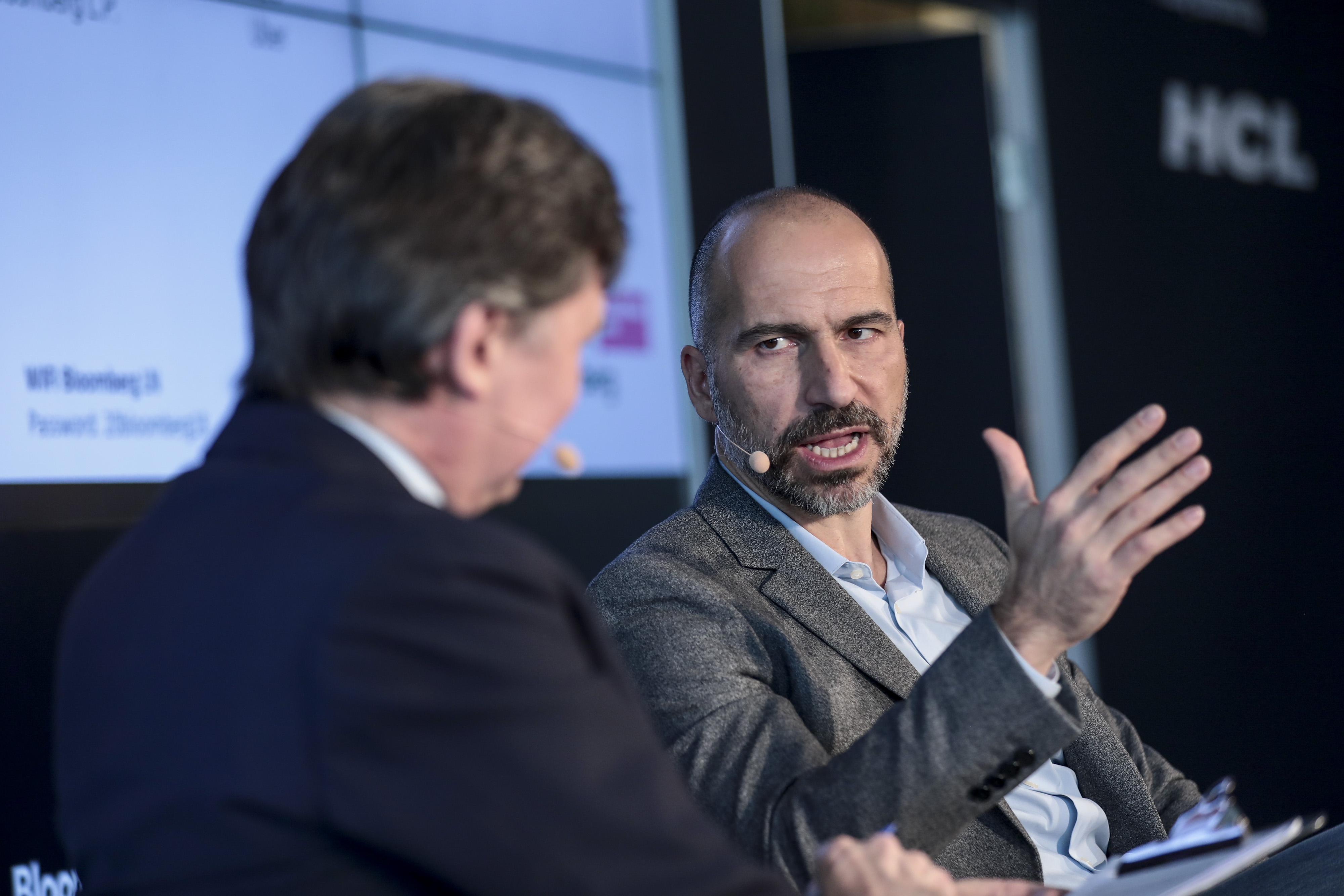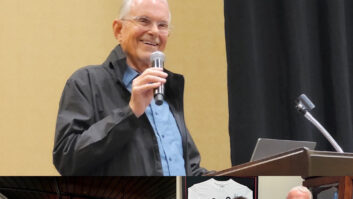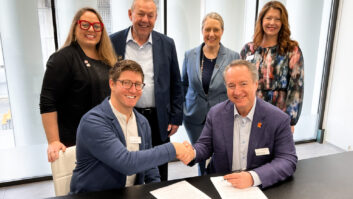Watch: Uber Self Driving Car Kills Woman
Controversy appears to follow Uber Technologies’ autonomous-driving project at every turn.
It has been the subject of a trade-secrets lawsuit and scrutiny from investors for exorbitant costs. Now the program is at the center of a moral quandary over the use of self-driving technology on public roads after one of its vehicles struck and killed a woman this week in Tempe, Ariz.
When Dara Khosrowshahi inherited Uber’s chief executive officer job in September from a man obsessed with driverless cars, there were questions about what would become of the company’s massive autonomous-vehicle investment. Travis Kalanick, the former CEO, had directed the company to spend hundreds of millions of dollars building its own self-driving cars.
Much of Khosrowshahi’s focus has been on whether it’s worth the investment. The company spent $1.17 billion on research and development in 2017, much of that on autonomous-driving technology. For a company that lost $4.5 billion last year, the project is a significant expense.
Another big cost came in the form of legal fees associated with the lawsuit from Alphabet’s Waymo. Uber settled the suit last month for $245 million in equity.

When Khosrowshahi first addressed Uber employees last year, he emphasized the need for Uber to “pay the bills.” Some staff worried privately that Khosrowshahi might scale back the self-driving car program in Pittsburgh or even sell it.
But recently Khosrowshahi has expressed public support for the driverless-car project. “The choir has spoken, and I’m listening. It’s a pretty exciting technology,” he said in an interview at the World Economic Forum in Davos, Switzerland.
See: Alphabet Orders Fleet Of Self-Driving Minivans For Ride-Hailing Service
During that interview in January with Bloomberg editor-in-chief John Micklethwait, Khosrowshahi argued that self-driving cars will be safer than human drivers. But he acknowledged that it would take years to reach perfection. “As our computers and algorithms learn more and more about what it takes to drive in a city in a real-life situation, every minute of every day that driver — that computer — is going to get better and know Phoenix better,” he said. “In five years, we will have the perfect driver in Phoenix.”
The reality, Khosrowshahi acknowledged, is one where Uber is testing less-than-perfect drivers as it tries to outperform humans. He also said traffic fatalities will fall but that companies such as Uber will be held responsible when there are collisions.
After the fatal incident with a pedestrian this week, Uber quickly halted its testing as police and federal regulators investigate the incident. The death will only raise the stakes for Khosrowshahi as he grapples with his new company’s costly, dangerous science project. “Some incredibly sad news out of Arizona. We’re thinking of the victim’s family as we work with local law enforcement to understand what happened,” Khosrowshahi wrote in a tweet on Monday.
Experts have said a fatality of this kind was inevitable. The additional scrutiny on Uber is unlikely to push Khosrowshahi to reevaluate the program. One likely change: more partnerships. Lyft, Uber’s biggest U.S. rival, has landed alliances with Ford, Magna International, General Motors and Alphabet. As a result, Lyft’s research and development costs are much lower.
See: From Model T To Smart City
Uber could use more friends. On a recent visit to Japan, Khosrowshahi posted pictures of himself with smiling executives from Toyota standing in front of Uber’s self-driving cars. The two companies have been working together for years, but the message was clear: “talking #partnership.”
From Bloomberg, with assistance from Mark Bergen













